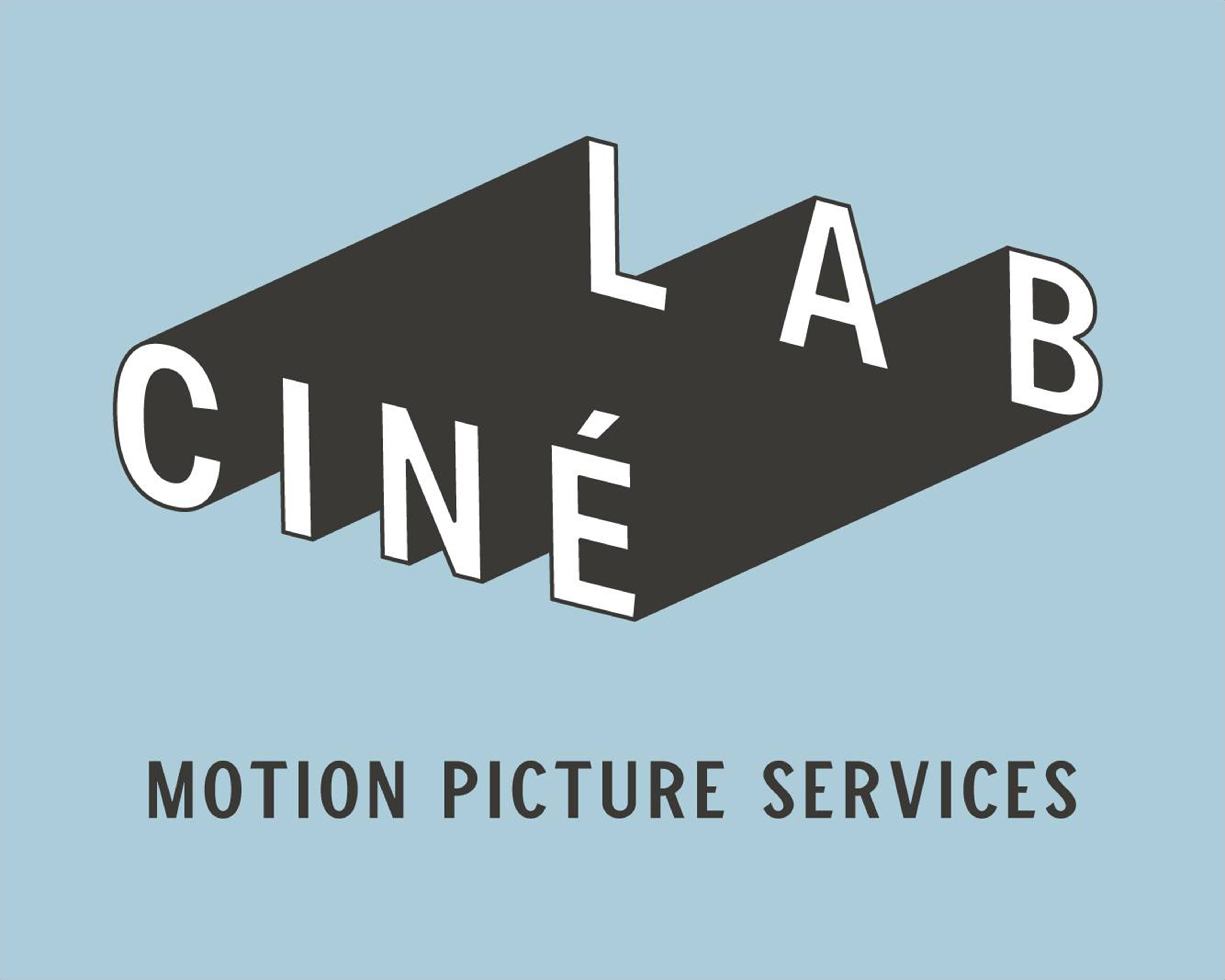NEW "MUSIC & COMPOSING" BOOK! Available in the StudentFilmmakers.com Online Store-
The Art of Producing
How to Create Great Audio Projects
2nd Edition
By David Gibson, Maestro B Curtis
CLICK HERE:
https://studentfilmmakersstore.com/products/the-art-of-producing
Paperback: 9780815369387
234 pages
Publisher: Routledge
Description
The Art of Producing is the first book to standardize a specific production process for creating a successful music project from start to finish. Learn how to develop a step-by-step process for critiquing all of the musical components that go into creating a highly refined production that works for all styles of music. The book provides a well-rounded perspective on everything that goes into producing, including vital information on how to creatively work with bands, groups and record companies, and offers insight into high level values and secrets that famous producers have developed through years of trial and error. The book covers detailed production techniques for working with today’s latest digital technologies including virtual recording, virtual instruments, and MIDI tracking. Take these concepts, adapt them to your own personal style and you will end up with a successful project of the highest attainable quality with the most potential to be become a hit – or just affect people really deeply.
Reviews
"I believe "The Art Of Producing" very rapidly, will become the aspiring Producers reference Bible. It is the most thorough book I've seen that goes in depth to the whole producers process of production techniques from start to finish".
- Hubert Eaves III - Producer for Luther Vandross, Madonna, Whitney Houston, Aretha Franklin.
TABLE OF CONTENTS
LIST OF VISUALS
ACKNOWLEDGMENTS
FOREWARD
INTRODUCTION
SECTION 1 - THE PRODUCER’S JOB
Chapter 1
• Types of Producers
• What it Takes and How to Get the Job
• Types of Projects
• The Producing Process
SECTION 2 - THE BUSINESS SIDE OF PRODUCTION
Chapter 2 - Finances, Organization and Politics
• Budgeting Scheduling and Organization
• Obtaining Financial Backing
• Dealing with Record Companies
• Establishing a Network Base
SECTION 3 - THE VIRTUAL MIXER CONCEPT
Chapter 3 - Visual Representations of Imaging as a Tool for Production
• Basics of Audio to Visual Mapping
SECTION 4 - MUSIC THEORY FOR RECORDING ENGINEERS AND PRODUCERS
Chapter 4 - Music Theory Primer
• Time
- Note Values
- Time Signatures
- Tempo
- Rhythmical Structures
• Pitch (Frequency)
- Key Signatures
- Intervals
- Scales
- Chords
- Chord Voicing
- Spreads
- Circle of fifths
• Volume
- Musician Dynamics
• Song Structures and Musical Charts
- Phrases
- Repeat Signs
- Shorthand Chord Charts
SECTION 5 - THE PRODUCTION PROCESS
Chapter 5 - The Pre-Production Process
• Setting up the Meeting and Doing your Homework
• People skills
- Deciding on Deciding
- Passion and Referees
- Producer Passion
- How Important is it?
- Consideration
- Time Constraints
Chapter 6 – Dynamic Flows
Chapter 7 - Structuring and Critiquing the 13 Aspects
• Concept
• Melody
• Rhythm
• Harmony
• Lyrics
• Density
• Instrumentation
• Song Structure
• Performance
• Mix
• Quality of the Equipment
Chapter 8 - Higher Level Concepts
• Creating a Style of Music
• Order of the Songs
• Concept Albums
Chapter 9 - Producing in the Studio
• Critiquing a Performance
- Critiquing the whole band at once
- Critiquing Individual Performances
• Focus and Concentration
• Other Contributing Factors
Chapter 10 - Overall Production Goals
• Combining the 13 Aspects to Create an Overall Major Production
• High Level Producer Values
• Overproducing
SECTION 6 - CREATIVITY
Chapter 11 - Tapping into the Source - Inspiring Creativity
Chapter 12 - Balancing Creativity and Mass Appeal (Industry Trends)
Chapter 13 - Moment-to-Moment Awareness
Chapter 14 - Songwriting
SECTION 7 - SELECTING A PRODUCER / BECOMING A PRODUCER
Chapter 15 - Choosing a Producer
• What to Look For in a Producer
• Finding a Producer
• How to Interview a Producer
• How to Present Yourself to a Producer
Chapter 16 - Selling Yourself as a Producer
• Getting the Job - Finding Bands
• Poop Sheets
• Rate Sheets
SECTION 8 - PROTECTING YOUR MUSIC
Chapter 17 - Protection
• Copyrights
• Record Deal Points and Percentages
• Negotiating Record Deals
ABOUT THE AUTHORS
APPENDICES
A. Checklist of all homework to be done before the Pre-Production meeting
B. Nomenclature and Monosyllables for Describing Musical and Rhythmical Patterns
C. Forms
D. Virtual Mixer Interface
GLOSSARY
INDEX
About the Authors
David Gibson has been teaching, engineering and producing groups in major 24 track studios since 1982 and is the founder of Globe Institute of Recording and Production. He has done recording for James Brown’s band, Bobby Whitlock (Derek and the Dominoes), The Atlanta Rhythm Sections, Hank Williams Jr.’s band, members of the Doobie Brothers, Lacy J. Dalton, and Herbie Hancock. Gibson is currently the #1 seller of Sound Healing music, also used in hospitals across the U.S, and he is the author of the best selling book, The Art of Mixing.
Maestro Curtis, MALS has produced countless artists, such as Hubert Eaves III (D-Train). He has also produced his own band, Xpression, on the Kalimba Records label with executive producer Maurice White of Earth, Wind and Fire. Curtis has performed with such artists as Peabo Bryson, The O’Jays, George Benson, Phyllis Hyman, and Lenny Williams. He has also played with the Count Basie Orchestra.
CLICK HERE:
https://studentfilmmakersstore.com/products/the-art-of-producing
The Art of Producing
How to Create Great Audio Projects
2nd Edition
By David Gibson, Maestro B Curtis
CLICK HERE:
https://studentfilmmakersstore.com/products/the-art-of-producing
Paperback: 9780815369387
234 pages
Publisher: Routledge
Description
The Art of Producing is the first book to standardize a specific production process for creating a successful music project from start to finish. Learn how to develop a step-by-step process for critiquing all of the musical components that go into creating a highly refined production that works for all styles of music. The book provides a well-rounded perspective on everything that goes into producing, including vital information on how to creatively work with bands, groups and record companies, and offers insight into high level values and secrets that famous producers have developed through years of trial and error. The book covers detailed production techniques for working with today’s latest digital technologies including virtual recording, virtual instruments, and MIDI tracking. Take these concepts, adapt them to your own personal style and you will end up with a successful project of the highest attainable quality with the most potential to be become a hit – or just affect people really deeply.
Reviews
"I believe "The Art Of Producing" very rapidly, will become the aspiring Producers reference Bible. It is the most thorough book I've seen that goes in depth to the whole producers process of production techniques from start to finish".
- Hubert Eaves III - Producer for Luther Vandross, Madonna, Whitney Houston, Aretha Franklin.
TABLE OF CONTENTS
LIST OF VISUALS
ACKNOWLEDGMENTS
FOREWARD
INTRODUCTION
SECTION 1 - THE PRODUCER’S JOB
Chapter 1
• Types of Producers
• What it Takes and How to Get the Job
• Types of Projects
• The Producing Process
SECTION 2 - THE BUSINESS SIDE OF PRODUCTION
Chapter 2 - Finances, Organization and Politics
• Budgeting Scheduling and Organization
• Obtaining Financial Backing
• Dealing with Record Companies
• Establishing a Network Base
SECTION 3 - THE VIRTUAL MIXER CONCEPT
Chapter 3 - Visual Representations of Imaging as a Tool for Production
• Basics of Audio to Visual Mapping
SECTION 4 - MUSIC THEORY FOR RECORDING ENGINEERS AND PRODUCERS
Chapter 4 - Music Theory Primer
• Time
- Note Values
- Time Signatures
- Tempo
- Rhythmical Structures
• Pitch (Frequency)
- Key Signatures
- Intervals
- Scales
- Chords
- Chord Voicing
- Spreads
- Circle of fifths
• Volume
- Musician Dynamics
• Song Structures and Musical Charts
- Phrases
- Repeat Signs
- Shorthand Chord Charts
SECTION 5 - THE PRODUCTION PROCESS
Chapter 5 - The Pre-Production Process
• Setting up the Meeting and Doing your Homework
• People skills
- Deciding on Deciding
- Passion and Referees
- Producer Passion
- How Important is it?
- Consideration
- Time Constraints
Chapter 6 – Dynamic Flows
Chapter 7 - Structuring and Critiquing the 13 Aspects
• Concept
• Melody
• Rhythm
• Harmony
• Lyrics
• Density
• Instrumentation
• Song Structure
• Performance
• Mix
• Quality of the Equipment
Chapter 8 - Higher Level Concepts
• Creating a Style of Music
• Order of the Songs
• Concept Albums
Chapter 9 - Producing in the Studio
• Critiquing a Performance
- Critiquing the whole band at once
- Critiquing Individual Performances
• Focus and Concentration
• Other Contributing Factors
Chapter 10 - Overall Production Goals
• Combining the 13 Aspects to Create an Overall Major Production
• High Level Producer Values
• Overproducing
SECTION 6 - CREATIVITY
Chapter 11 - Tapping into the Source - Inspiring Creativity
Chapter 12 - Balancing Creativity and Mass Appeal (Industry Trends)
Chapter 13 - Moment-to-Moment Awareness
Chapter 14 - Songwriting
SECTION 7 - SELECTING A PRODUCER / BECOMING A PRODUCER
Chapter 15 - Choosing a Producer
• What to Look For in a Producer
• Finding a Producer
• How to Interview a Producer
• How to Present Yourself to a Producer
Chapter 16 - Selling Yourself as a Producer
• Getting the Job - Finding Bands
• Poop Sheets
• Rate Sheets
SECTION 8 - PROTECTING YOUR MUSIC
Chapter 17 - Protection
• Copyrights
• Record Deal Points and Percentages
• Negotiating Record Deals
ABOUT THE AUTHORS
APPENDICES
A. Checklist of all homework to be done before the Pre-Production meeting
B. Nomenclature and Monosyllables for Describing Musical and Rhythmical Patterns
C. Forms
D. Virtual Mixer Interface
GLOSSARY
INDEX
About the Authors
David Gibson has been teaching, engineering and producing groups in major 24 track studios since 1982 and is the founder of Globe Institute of Recording and Production. He has done recording for James Brown’s band, Bobby Whitlock (Derek and the Dominoes), The Atlanta Rhythm Sections, Hank Williams Jr.’s band, members of the Doobie Brothers, Lacy J. Dalton, and Herbie Hancock. Gibson is currently the #1 seller of Sound Healing music, also used in hospitals across the U.S, and he is the author of the best selling book, The Art of Mixing.
Maestro Curtis, MALS has produced countless artists, such as Hubert Eaves III (D-Train). He has also produced his own band, Xpression, on the Kalimba Records label with executive producer Maurice White of Earth, Wind and Fire. Curtis has performed with such artists as Peabo Bryson, The O’Jays, George Benson, Phyllis Hyman, and Lenny Williams. He has also played with the Count Basie Orchestra.
CLICK HERE:
https://studentfilmmakersstore.com/products/the-art-of-producing





